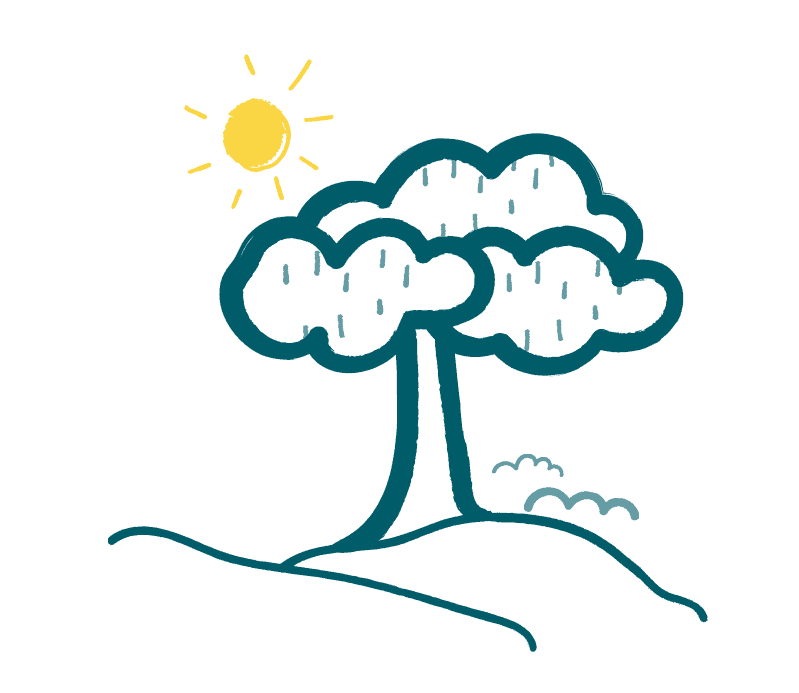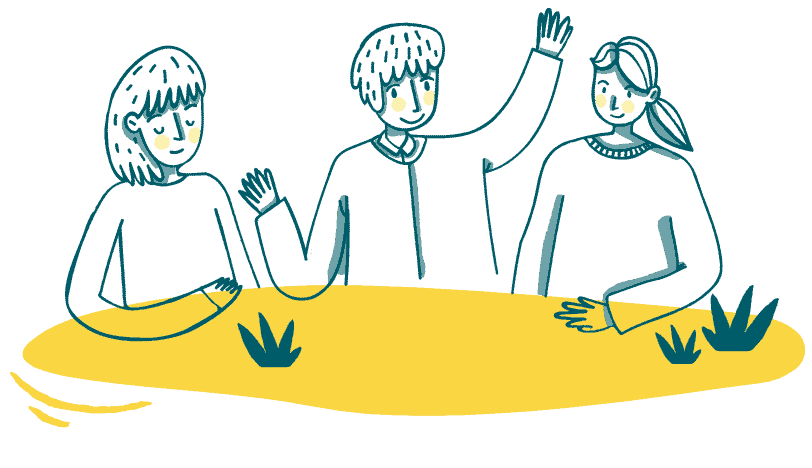Buddhism teaches the principle of impermanence – everything is changing; nothing lasts forever. It also regards life, death, and incarnation as a natural life cycle. When someone passes on, it’s believed that their soul is in transition. The body should remain still and undisturbed for some hours.
Buddhist funerals take place in the deceased’s home, a funeral home, or a Buddhist monastery. The activities that follow are subject to the religious tradition of the family. Traditionally, Buddhists choose an odd number of days to honour the dead, which could be the third, fifth, or seventh day.
The Wake
This is a period when people come to spend time with the deceased’s family. They express their condolences and pay their last respects to the dead. The casket is left open and placed in front. The spot is also decorated with flowers, fruits, candles, and incense.
Additionally, the family places the deceased’s picture and Buddha’s image in front of the casket. Because the ceremony is solemn, guests should dress modestly and avoid displaying their wealth. Even the corpse is dressed in regular clothes.
The Funeral Ceremony
Buddhist funeral ceremony is sombre and quiet. The family members and friends will deliver eulogies. A monk will also be present to give speeches, reminding guests about the impermanent nature of life.
The monk or a family member will lead the guests in chanting the Precepts and taking refuge in Buddha, Sanga, and Dharma. These chants aren’t mere traditions but an encouragement for the living to remember Buddha’s teachings.
The Cremation or Burial
After the funeral, the casket is closed and transported to the crematorium or burial plot. Some Buddism denominations prefer to cremate the body four days after death, while others wait for 7 to 30 days.
During cremation, the family members gather to watch from a viewing chamber. Afterward, they gather the ashes and seal them in an urn. The family can bury the urn, keep it, or scatter the ashes.
If the family chooses to bury the dead, they will invite a monk to the gravesite to lead chants. In the end, the casket is lowered into the grave.




